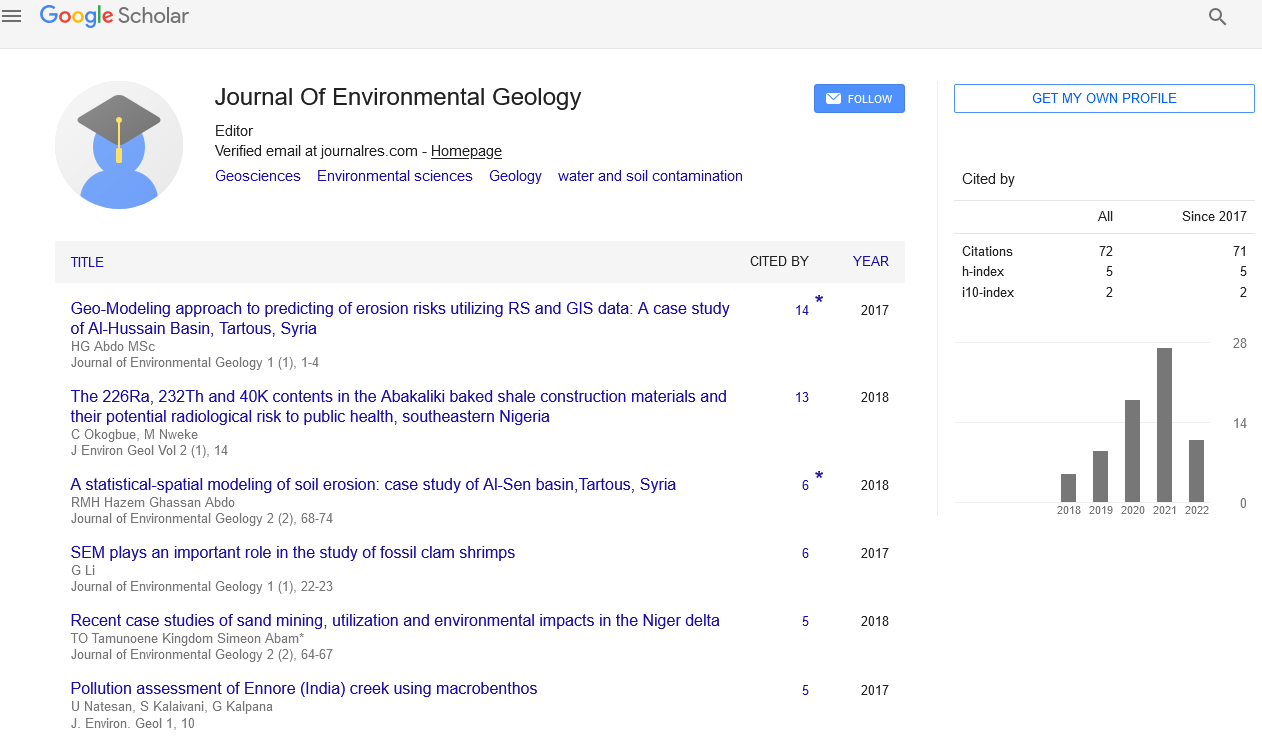The big star of the Hawaiian Islands and scale invariance of the tectonic stars
Received: 28-Jun-2018 Accepted Date: Aug 30, 2018; Published: 12-Sep-2018
Citation: Spina R. The big star of the Hawaiian Islands and scale invariance of the tectonic stars. J Environ Geol. 2018;2(S1):3-18.
This open-access article is distributed under the terms of the Creative Commons Attribution Non-Commercial License (CC BY-NC) (http://creativecommons.org/licenses/by-nc/4.0/), which permits reuse, distribution and reproduction of the article, provided that the original work is properly cited and the reuse is restricted to noncommercial purposes. For commercial reuse, contact reprints@pulsus.com
Abstract
The Hawaiian Islands and the surrounding seabed are affected by volcanotectonic phenomena that generate particular star-shaped morphologies. The term "scale invariance" indicates the similarity of the mechanisms, regardless of the scale considered, leading to the formation of particular radial structures with symmetry inversely proportional to their sizes. The images of the seabed show, at the small scale [4-12 Km], seastar-shaped structures with a high degree of symmetry, even if their regularity is often fragmented by the gregarious character of the stars. Similar forms are repeated even on medium scales [several tens of kilometers] with structures characterized by less symmetry due to crustal anisotropy, developing in three-dimensional form. Surprisingly, the same morphologies is also confirmed on large scales [hundreds of kilometers]: more than a hundred tectonic-volcanic structural elements alternate radially around the southernmost part of the Hawaii- Emperor chain indicating, directly and indirectly, the presence of deep tectonic structures due to thermal swelling, typical of hotspot areas. Among the structures identified the longest are the pockmark trains, developed for more than 500 Km and perfectly recognizable thanks to the good resolution of the images. The grouping and interactions between tectonic stars, which dislocate their arms, are further phenomena characterized by scale invariance. The discovery of the big hawaiian star could reveal, in the near future, interactions between radial structures even on a large scale.





